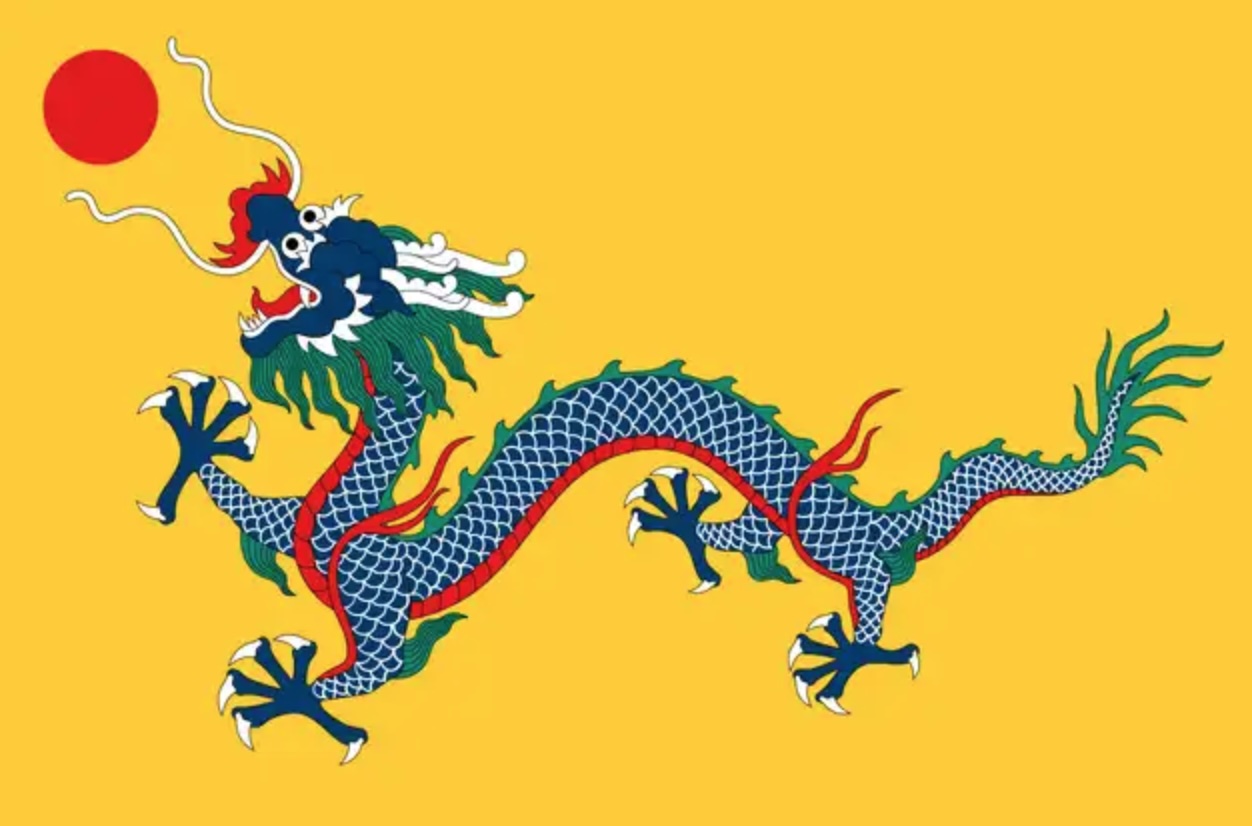From Chariot to Carriage
In our studies of the transmission of Indo-European language and culture across the Eurasian continent, one of the most vital research topics is that of horse-drawn wheeled vehicles. During this past semester, I taught one of the most satisfying courses of my entire half-century career, namely, "Horses and humans". Among the many engrossing subjects that we confronted are the nomenclature for wheeled vehicles, how horses were hitched to them, and so forth. Many of these questions are now authoritatively answered in the following paper by three of the world's most distinguished scholars of equine equipage.
———————
Sino-Platonic Papers is pleased to announce the publication of its three-hundred-and-forty-fourth issue:
"From Chariot to Carriage: Wheeled Vehicles and Developments in Draft and Harnessing in Ancient China," by Joost H. Crouwel, Gail Brownrigg, and Katheryn Linduff.
https://sino-platonic.org/complete/spp344_chariot_to_carriage_in_ancient_china.pdf
Read the rest of this entry »
